Recovery After Your Facelift: A 30-Day Guide
Your full surgical facelift recovery explained from Day 1 to Day 30.
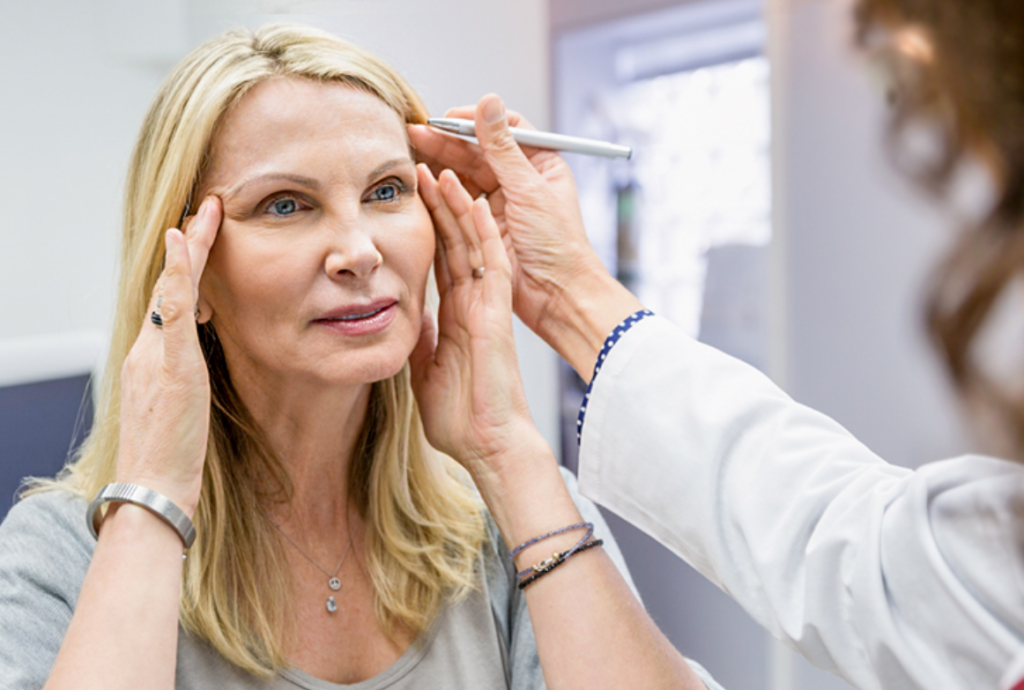

Maintain clean incisions throughout the postoperative period to prevent infection.
Day 1
It is normal to feel wobbly and tired after surgery on day one. The first day after your facelift surgery is usually the most challenging when it comes to getting comfortable.
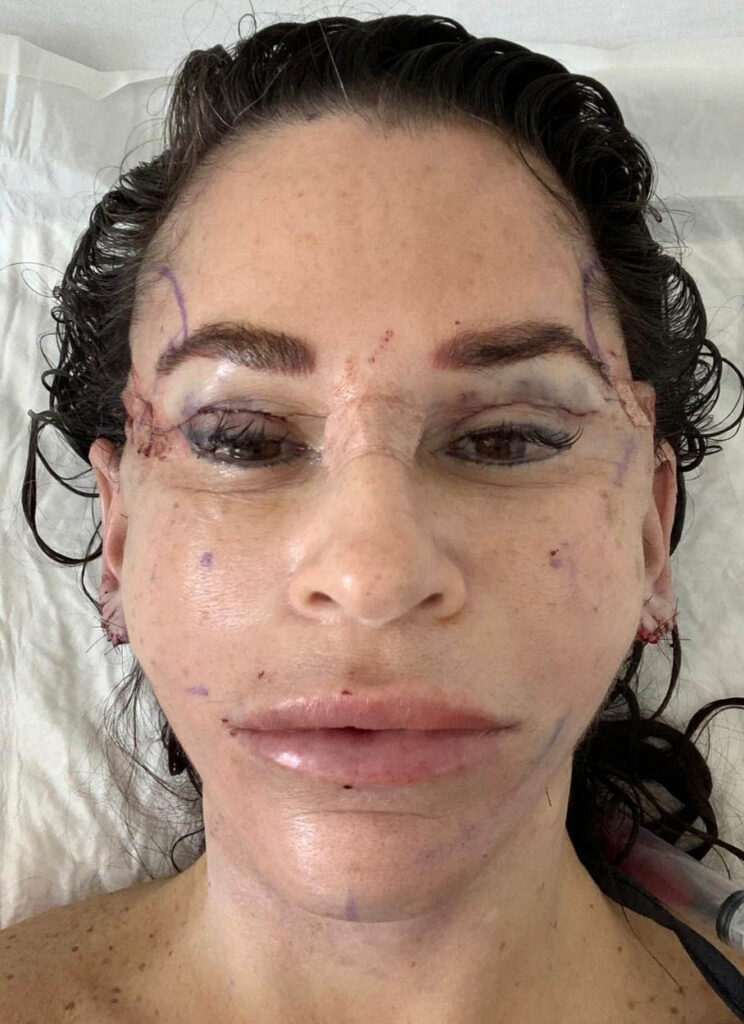

Day 2
On Day 2, you will have a follow-up appointment with your surgeon. Your surgical coverings will be removed or changed depending on the extent of the wound and edema. Afterward, your surgeon will discuss post-operative care with you and redress the wound. A tight sensation in the face but mainly in the neck is normal.
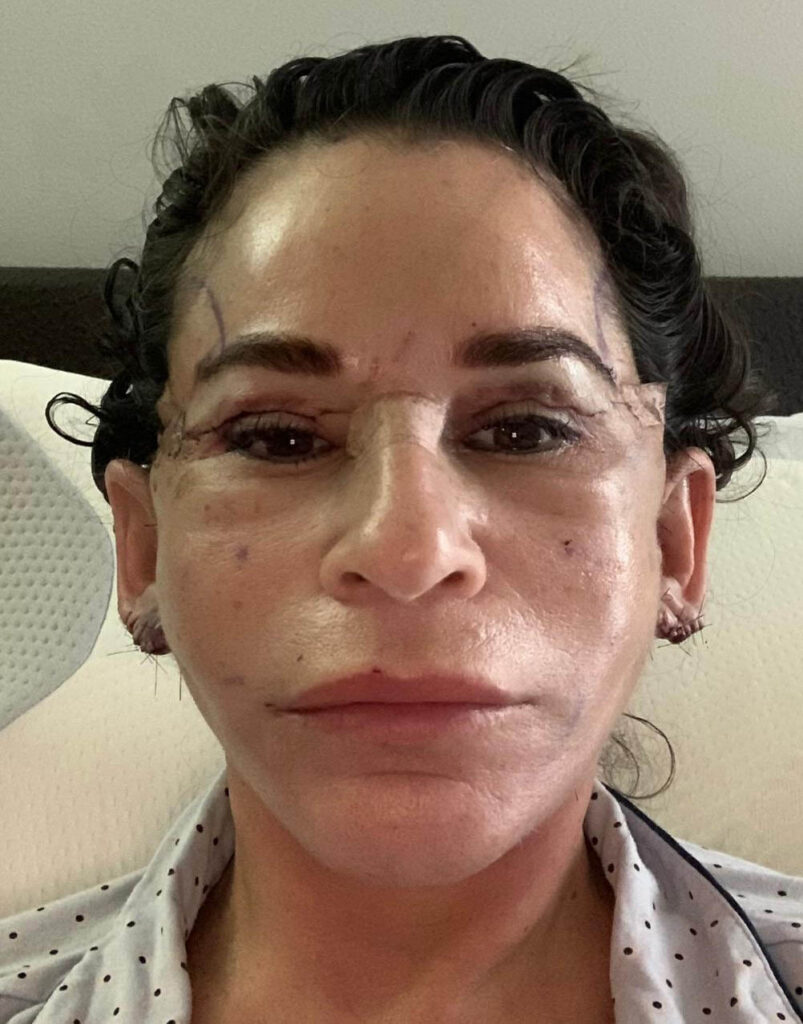

Day 3
Day 3. Rest is recommended today. The swelling starts to decrease, but you should start feeling better and want to get up and move. It may take several weeks for bruises and swelling to subside, but they usually peak between days 3 and 4. If you are experiencing pain, continue taking your medication.
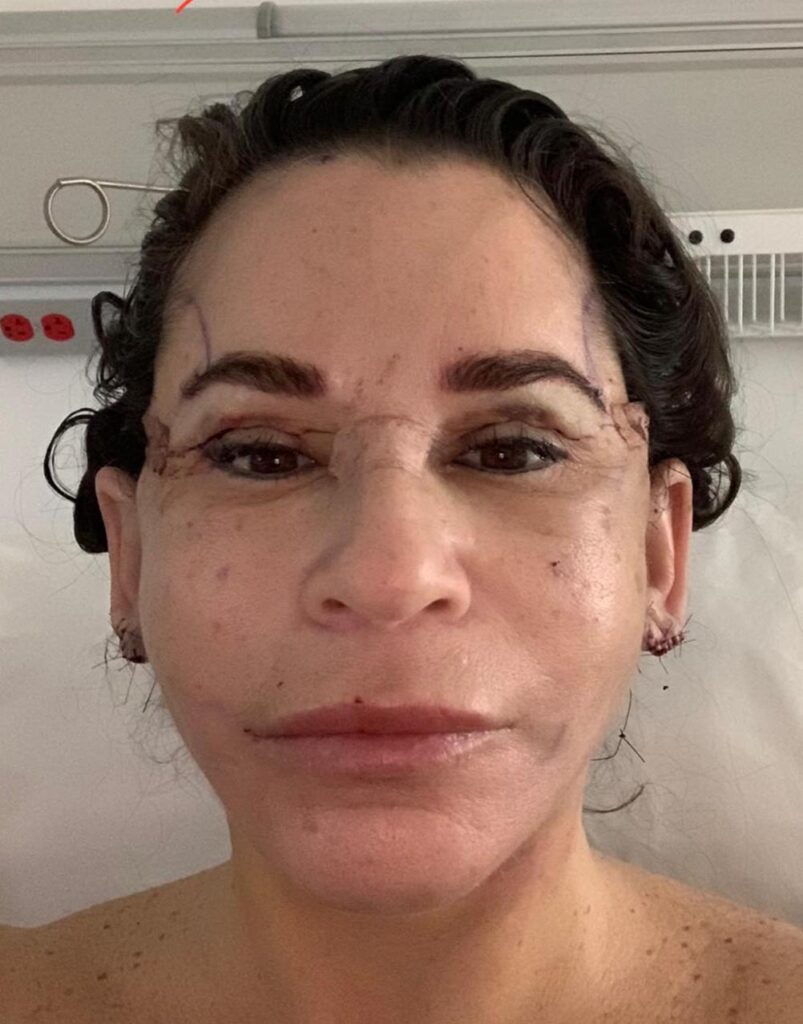

Day 4 – Day 6
In most cases, prescription pain medications are no longer required at this point. It should take a few days for the swelling to subside. Additionally, you should feel more comfortable moving around. If you are feeling well enough, some light chores may be possible for you. Be careful not to overdo it. After a few days, you will be able to walk around your house more. Obtain your doctor’s approval before trying it.
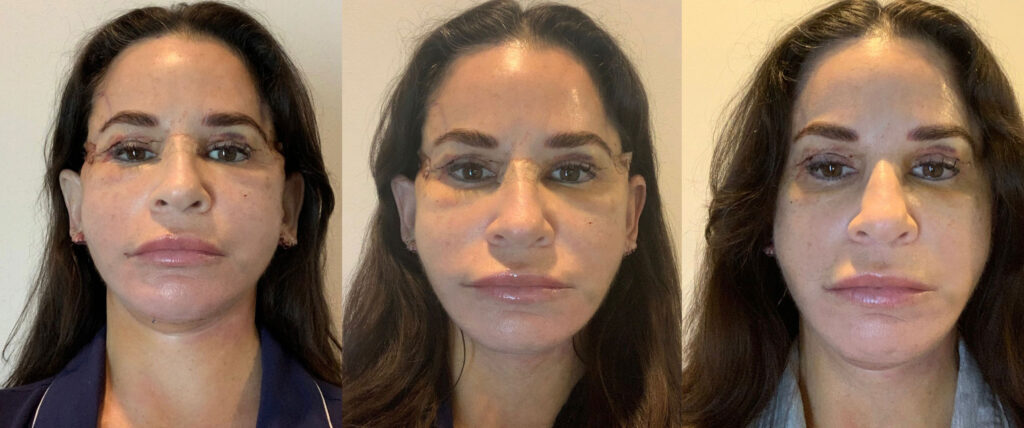

Day 7- 14
During the next week, you can expect some swelling and bruising to occur in the affected areas. Most people may experience numbness, bumpiness in the skin, tingling, or stiffness due to swelling and bruising. This is a common side effect of a facelift and should not cause alarm. Within the second week after surgery, most people are feeling like themselves again and are ready to return to work and begin walking.
After surgery, you should not wear earrings for the first three weeks. Incisions can be stretched and scarred by the weight of the jewelry. Additionally, avoid placing eyeglasses directly on your ears. It is recommended that they rest on the headbands for the first week following surgery.


Day 15 – 30
Depending on your recovery phase and the date of your surgery, you can have your sutures removed anywhere between the end of week one and week three. Although you may still feel a lot better and look better in weeks 3 and 4, you may still have some residual edema. It is at this point that patients often notice a significant change in the shape of their faces. By now, you should be able to exercise and enjoy activities without anyone noticing any visible signs of your surgery. As time passes, the pinkish-red color of the incision sites will disappear.
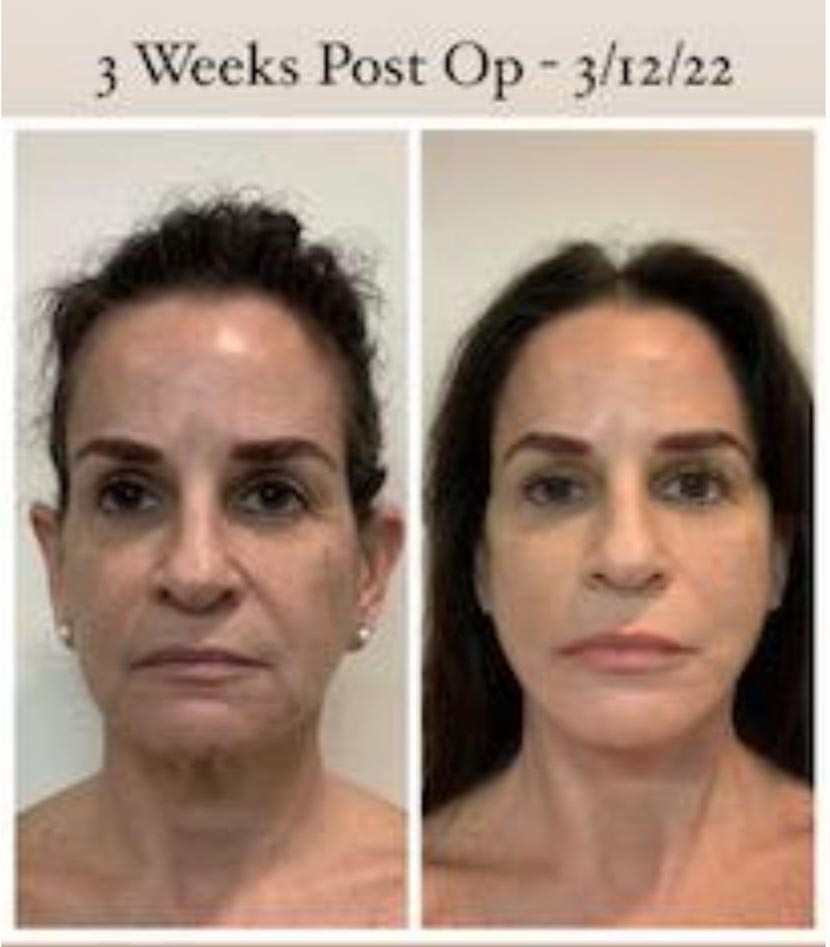



Day 30, what to expect
It should take one month for your new appearance to take hold, and you can resume your normal activities. You may experience swelling, bruising, stiffness, and numbness for a year, but they are usually only noticeable to you.
Keep in mind that the above facelift recovery time is only a guideline. It is important to follow the instructions given by your plastic surgeon at all times, so you will have a positive experience. When people follow their surgeon’s post-operative care recommendations diligently, take the necessary precautions, and do their homework, they are more likely to achieve the best results. Your surgeon must be in constant contact with you throughout the facelift recovery process.
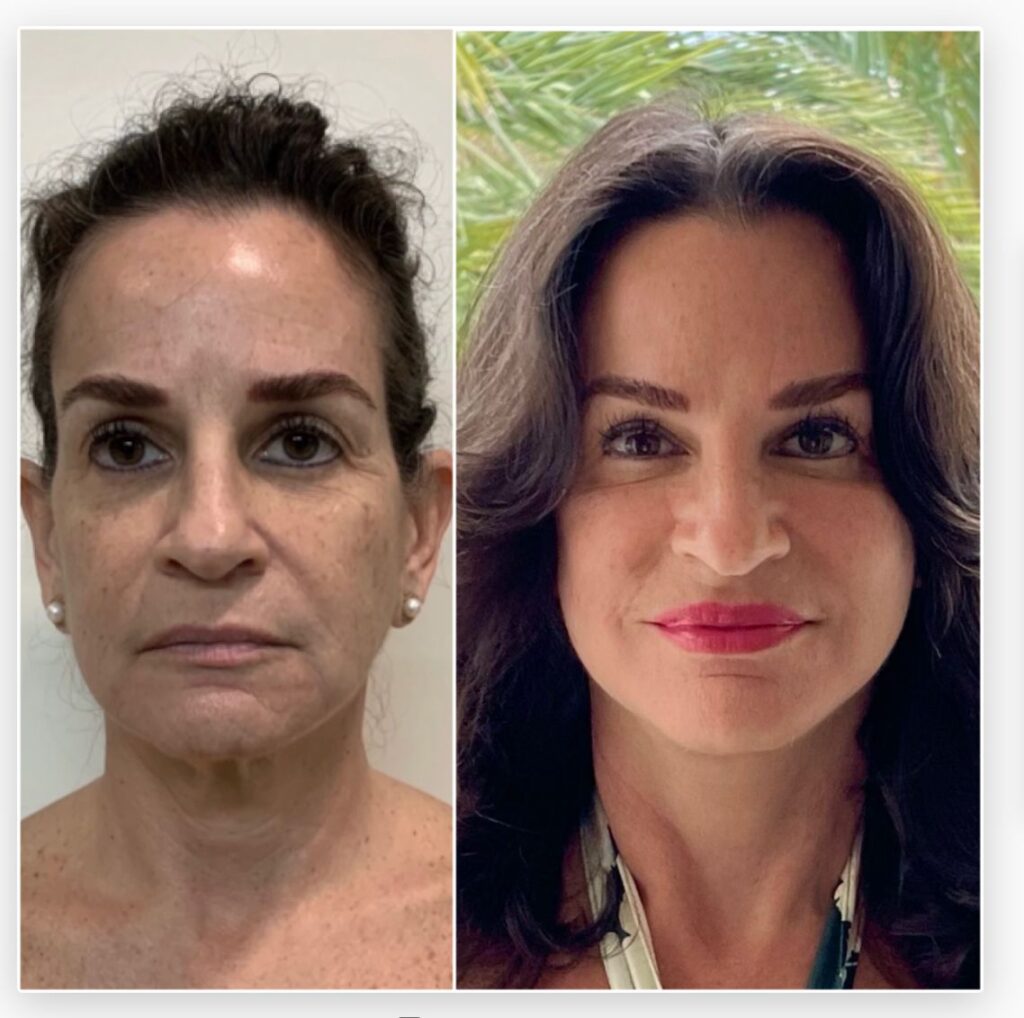

If you experience any of the following symptoms, contact your doctor immediately:
- In particular, an excessive amount of pain in a localized area of the face cannot be controlled by medication.
- An incision that bleeds or discharges continuously
- Dressing that is soaking
- It is normal to experience some swelling. You should consult your doctor if one side suddenly swells much more than the other.
As part of our mission at VIDA Wellness and Beauty, we strive to make patients feel comfortable during their treatments. Choosing the right surgeon is crucial when it comes to correcting the structure of your face and appearance. We can help you with your concerns via a virtual consultation with Dr. Quiroz in our Tijuana office.
Please note that this article does not provide medical advice. It is intended to provide general information only. It should not be used in place of professional medical advice, diagnosis, or treatment. If you are seeking a diagnosis or treatment, please consult your primary physician or a specialist. A health emergency should be reported immediately to your doctor or 911 if you suspect you may be experiencing one.